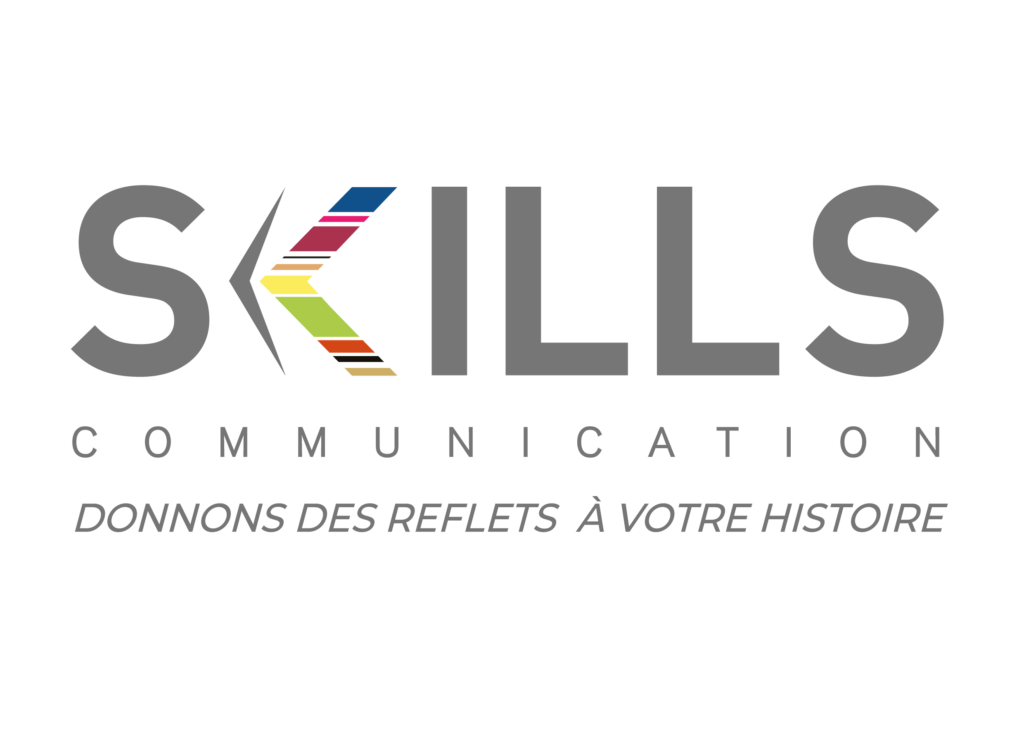How can you ensure management buy-in and support for your corporate strategy?
Summer is often a good time to reflect on your communications strategy for next year. You can analyze the results of actions taken since the beginning of the year, your positioning and that of your main competitors. You can also assess your market strengths and your budget and human resources.
Indeed, it’s best to think things through in advance, as the necessary strategic decisions take time and require the support of an often disparate management team. This anticipation is all the more natural when there is a change of shareholder or management. But even in situations of strategic continuity, it should be part of everyone’s routine.
This article attempts to provide the keys to a communications plan that is intelligible to management and consistent with the company’s strategic ambitions. What are the key questions to ask yourself and the information to gather in order to establish a communications strategy tailored to your company?
The essence of communication
Are these questions inevitably more complex in a larger company? Not necessarily. It’s often the simplest questions that get your managers on board with a clear communications plan. It’s up to us, as communicators, to ask ourselves these questions before any communication strategy is presented.
But let’s face it, for lack of time or insight, we always tend to start from what we’ve done in the past. Then we try to improve according to the resource constraints imposed on us.
Of course, you need to look at your past experience, your competition and your resources. An outside eye will enable you to approach questions of communication strategy with the independence needed to thoroughly question your habits. The neutral experience of the SKILLS DirComs, in touch with many different companies and market contexts for over 25 years, will be of great help to you.
No one knows your company’s positioning and ambitions better than you. You have experience of what your competitors are doing, and you know what resources you have at your disposal. The communication plan you present is therefore likely to be credible if it has addressed the key questions listed below.
Visibility, reputation or recognition
Communicating means convincing; it means getting your priority target audiences to adhere to the message that represents you. By focusing on the essence of communication, you can ensure the construction of an effective image strategy.
Forget your competitors’ actions at first, and focus instead on your image ambition. Later on, you’ll be thinking about how to differentiate yourself in the marketplace.
First of all, is your priority the visibility, reputation or recognition of your brand? These are all objectives that require different strategies, and which cannot be pursued simultaneously, as this could confuse your message. Your choice of priority will also depend on the maturity of your brand. A hybrid image ambition could aim to develop your visibility with a new target audience and your recognition with the historical audience.
To be seen or heard (visibility), you’ll need to multiply memorable interventions repeating your brand’s name and signature. With brand awareness or reputation as your objective, you’ll need to ensure that your brand is memorable when attached to a range of services. Not an easy task if visibility is not already a reality. The search for brand recognition is the next step. This involves ensuring that your target audience believes you are legitimate in the services you offer. The ultimate ambition being that this legitimacy leads to a recommendation of your brand.
Your company’s image may therefore reach different stages, depending on whether we’re talking about one or other of your products or services. Likewise, you will certainly seek to progress in this image ambition as the years pass; which will imply a natural evolution of your communication strategy.
Choosing and understanding your targets
Another essential question for a successful communications strategy is knowing your target audiences and reaching them progressively in the most appropriate manner. This may seem like an obvious question, but do we realize that a target isn’t always the final buyer, but rather its influencer? That a target’s preferences and needs may evolve according to the competition. Finally, as mentioned earlier, some targets may be at different stages of your brand recognition.
Your communication plan will depend on your priority targets, which will evolve each year in terms of both their diversity and their level of brand recognition. To get your management on board, make sure you are always aligned on your priority targets. Try to sort them out together by order of importance (often in terms of business potential or nuisance). Finally, test their reaction to your brand every year.
The most difficult task at this stage will be to sort out the absolute priority targets and get to know them sufficiently in terms of their relationship to your brand. But rest assured, a choice is not always exclusive. By communicating with one target, you’ll often reach a few others around them.
It’s understandable that this choice will influence the communication tools used and the messages conveyed.
Words have meaning
Indeed, “what message should we carry” is the next essential question. Your message is often static, boasting of your merits and not as regularly adapted to your targets and their evolution as it should be. Whatever your image ambitions, you’ll need to specify in greater or lesser detail what you’re promising and how you’re doing it
As your competition, your offering and your customer base evolve, so will your key arguments.
This stage involves the target audience’s level of attention and their media consumption habits, both in terms of the vectors used and the context in which they are used. But also their knowledge of your brand and their proven level of commitment. What to do to reach investors in a saturated professional media environment: we favor a message that’s unconventional, entertaining or even comic, staged in a world that’s also quite outside the box.
The most important thing, however, is the substance of the message. There’s no point in saying too much, but words have meaning. They must correspond to your target’s language codes. They must also reflect your personality. Your lexical signature is important. Finally, they must be sincere, and correspond to the reality of your value proposition.
Once these three essential questions have been answered, it’s much easier to draw up a communications strategy: what image ambition, what target audience, what arguments to convince them of?
What about your competition ?
This is where your knowledge of the competition’s practices comes into play, as you try to differentiate yourself in both content and form. It’s also at this point that budgetary and human resource constraints will influence the choice of communication tools and the frequency of their use.
But a well-constructed strategy based on the three pillars mentioned above should take precedence over competitive differentiation or committed resources.
The SKILLS DirCom’s experience of working with major groups and renowned market influencers gives us a 360° view of your business know-how and environment. We can help you analyze your image ambitions, your targets and your competitive positioning. With an experienced, external critical eye, we can help you articulate a comprehensive communications plan even before we know your resources.






